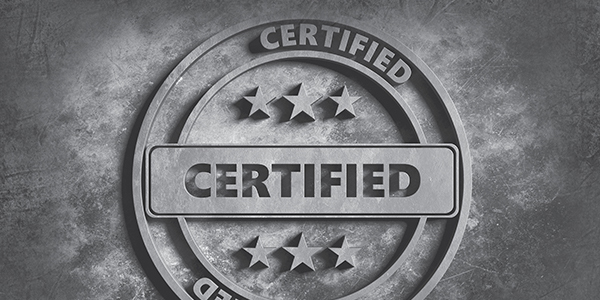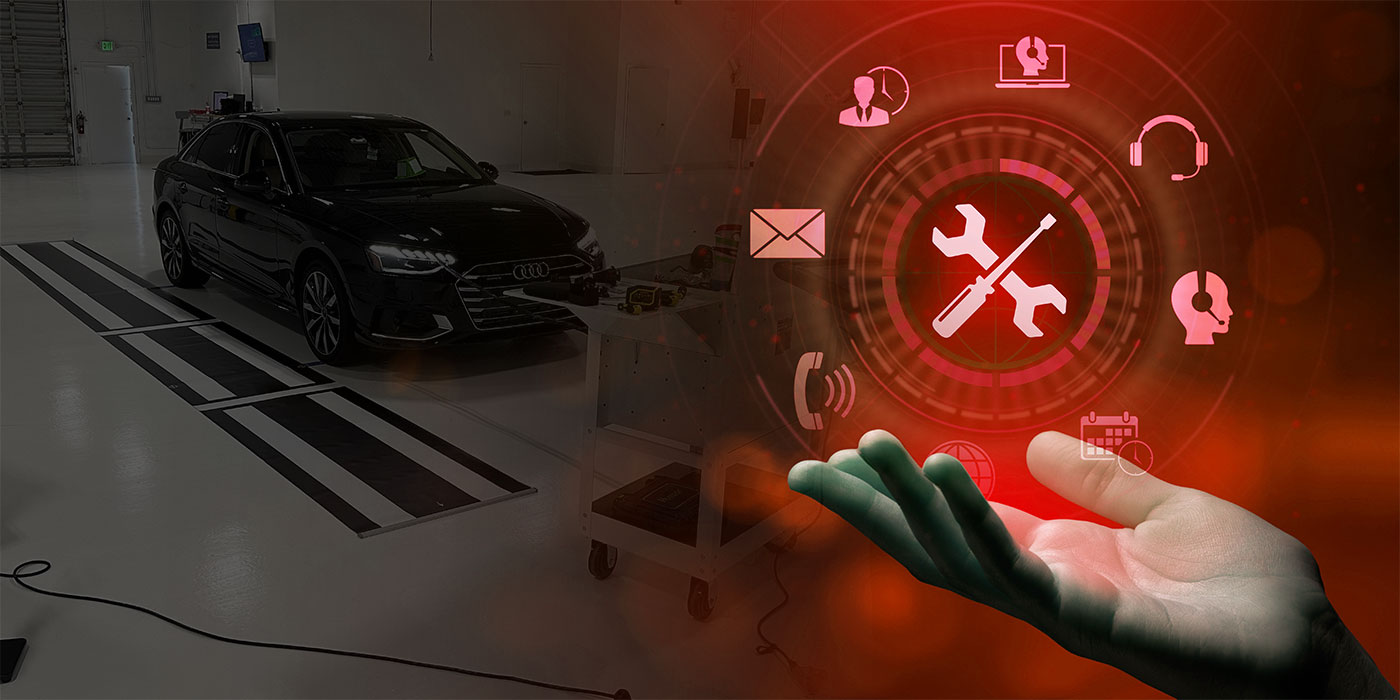
A person is driving down the road in their vehicle. Then, it happens: another driver pulls out – and the contact between the vehicles is a sound most people never forget. Because of design and safety features that have been improved by vehicle manufacturers over the years, nobody is injured. However, crashes are still traumatic experiences. Many thoughts race through the mind of consumers: insurance issues, time, how will I get to work? What’s my spouse going to say? What’s my dad going to say? All this adds to the stress already building up.
Now let’s consider the trust factor. We’ve all had issues trusting that our vehicle will be repaired correctly. We assume corners will be cut and items will not be fixed to save cost. This affects both shops and insurers. When we explain the vehicle repair process, anything less than dealer parts is viewed negatively. Like kind and quality, aftermarket or any description other than “new” raises flags to the customer. Many times, they expect that their car will be returned to like-new condition or at least receive a complete paint job and have all of the rust fixed.
Contributing to that lack of trust is dent removal and welding issues. We also have to be honest and admit that not all shops offer the same level of repair. The satisfaction with repairs industry-wide is better today than ever before. The problem is that the industry’s reputation is hard to change.
Why OEs Are Concerned
Now, let’s look at vehicles today and all their new safety designs and systems. Performing a correct repair has never been more critical to a shop. People bet their lives and their families’ lives on what we do. Vehicle manufacturers are greatly concerned about this considering that shops working on their vehicles all have various levels of skill and quality. Automakers have two concerns: safety and repair quality, with the goal of developing brand loyalty. It was discovered that many people involved in a crash sell their vehicles shortly after repairs are completed. In many cases, they switch brands or manufacturers. Much of this is attributed to their lack of faith that repairs will be done properly and/or satisfaction with the repairs. In reality, many policyholders switch insurance companies too. Satisfaction with the repairs and repair process affects more than just a repair shop.
How can we change consumers’ perception of shops? How can we improve the quality of repairs? How do we correctly maintain or repair the safety systems of an automobile? Basically, how do we change our reputation as an industry? OE certification can help achieve this.
The vehicle repair experts are the people who designed and built the vehicles. Their reputation and, in most cases, liability rests in what they produce and sell. This makes them the stand-alone source of information on the proper repair of that vehicle. It makes total sense that they would seek out shops that will follow their procedures. To perform these procedures, the shop commits to having specific equipment or capabilities through training.
The final step is to follow through on the commitment to adhere to program requirements. This builds consumers’ confidence in the shop repairing the vehicle and improves satisfaction during and at the end of the repairs. Does this also create economic value? The answer is obviously yes, but not for the reason conspiracy theorists think. Brand reputation is a huge factor when trying to sell cars to the public.
Benefits of OE Procedures
We as an industry receive great benefits from certification programs – and not just the shops that are on the programs but the repair industry as a whole. We’re now seeing more specific procedures for vehicle repairs. The identification and understanding of new steels and/or construction materials is increasing every day. This has made us more aware of the reasons why we repair these materials a certain way. In the past, there was never a clear explanation of why we did something. We now have a definitive repair plan based on manufacturer statements and instructions. Subjective repairs based on cost alone are not the norm anymore. This standardization assures that the repair will be done to standards so that it won’t matter which shop did the work.
Safety
With consistency in following repair procedures comes the assurance that the safety of the vehicle will be maintained. This is important no matter who you are. Making sure the proper equipment is used to verify computers are operating correctly and sensor input is correct and validated is a new consideration for all of us. This is also a more crucial area of the repair process as far as protecting the customer.
In most cases, the consumer is not aware of how these systems operate. They blindly trust that they work based on the vehicle manufacturer’s reputation. The repair process is an extension of that trust. To be referred to as a certified shop is to say, “We will do the repair and validate that all is correct.” With recent events highlighting the tremendous liability shops are taking on, it’s not only about doing the repair correctly, it’s about documenting and validating the repair too.
Equipment
OE certification has also made shops focus on proper equipment. This is apparent in the welding of vehicles. STRSW equipment is more prevalent today than ever before. Welding with MIG/MAG welding machines that have more power and precision is a benefit to all technicians.
I also want to highlight electronics here. Using the correct software and scan tools is a requirement. I bring the word “validated” up at this point because a shop must validate that all electronics are operating and aimed correctly. Using the correct equipment is the only option we have to ensure this.
Measuring
With ADAS systems sensors and brackets, we need to be sure these are all mounted and/or positioned correctly. Failure to do this can lead to a catastrophic event. Measuring upper body components just became a priority in many repairs. Eyeballing does not cut it. When calibrating systems, there is an assumption that the sensor brackets are correct. Without measuring, you may be off. You can calibrate a sensor in the wrong spot. There is no light on the dash to say there is a problem. Simple damage that moved a bracket will require measuring to be precise versus assuming that replacement of the parts is enough. Comparative measurements of right to left will become common in quarter panel repairs and replacements.
Parts
No longer is the shape of a part the only consideration with cost. The alloy of the metals, density of the plastic and corrosion protection of the part must all be factored in. This may require more OE parts than before. This also forces all part manufacturers to step up their quality too. In this regard, we will all benefit from these programs.
Training
OE certifications also have training requirements. There is no doubt we all benefit from doing training. As the vehicles become more complex, technicians have a lot more to consider. Without this knowledge, a shop can get quickly behind the curve in repairs. Liability is just one word to factor here, if your reputation is not your concern. A major plus to shops has been the improved morale to technicians as new equipment and training comes into a shop. They also want to make money. Quality equipment and training have proven to increase shop production. Increased production, quality repairs and happy techs. Why not look into OE certification? Even if you don’t become an OE-certified shop, there is still a benefit.
To Join or Not to Join
In the future, what will OE-certified shops have that a non-OE shop will? Trusting that the dealer will recommend your shop is a big plus. Access to all parts is a concern. The program is still evolving today, and benefits will be improving. The insurance industry will look into the benefits of having these certifications. Repair satisfaction is a concern to them as well as the automakers. If they do limit the number of shops on these programs, as some do now, you may not be able to wait and see. So whether you’ve seen a value or not from joining or whether you want to or not, the OE certification programs are having a significant impact on the industry. If you’re on a certified program, take it seriously and promote your commitment to quality repairs.
Summary
Whether it’s your customer, policyholder or vehicle consumer, customer satisfaction is the key to success in this industry. Our reputation as a whole is dependent on all of us stepping up to the plate and doing the right thing. I see the OE certification process as an important step to doing so. You may agree, you may disagree. Time will soon tell.













